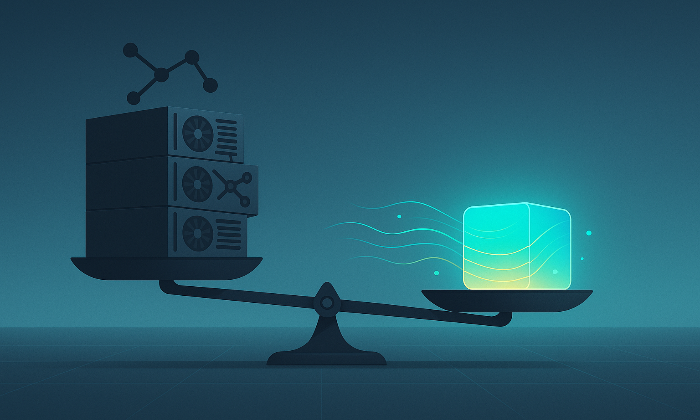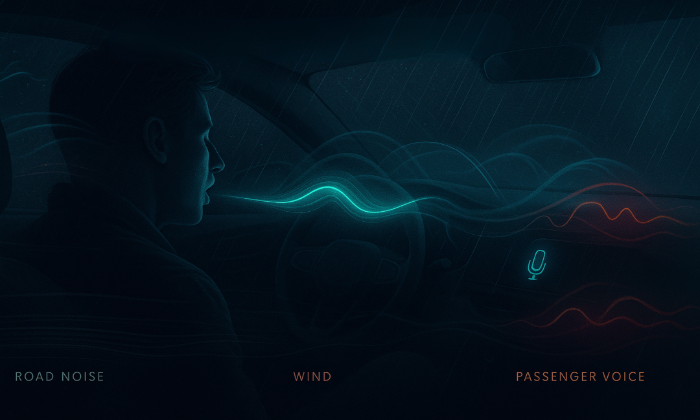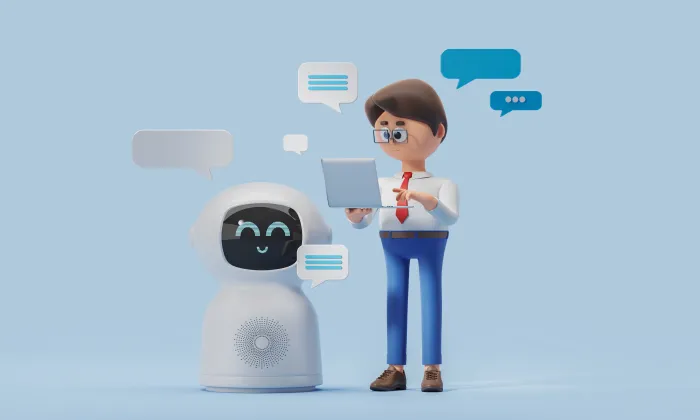How does sampling rate impact voice cloning quality?
Voice Cloning
Audio Quality
Speech AI
Voice cloning technology has advanced significantly, allowing the creation of highly realistic synthetic voices. A crucial factor in determining the quality of these voices is the sampling rate used during audio recording. Understanding its impact is vital for AI engineers and product managers aiming to enhance their voice cloning projects.
Understanding Sampling Rate
Sampling rate refers to how frequently audio samples are captured per second in the recording process. Measured in Hertz (Hz), it defines the range of frequencies that can be accurately recorded. For instance, a common high-quality audio sampling rate is 48 kHz, meaning 48,000 samples are captured each second. This rate is preferred for professional audio and voice cloning as it ensures capturing intricate voice details.
Why Sampling Rate Matters
A higher sampling rate enhances the audio fidelity, allowing more nuanced voice modulations and emotional expressiveness to be recorded. This is crucial in voice cloning, where the goal is to replicate not just the sound, but the unique characteristics of a voice. Lower sampling rates can lead to audio artifacts and distortions, resulting in a less natural-sounding voice. For example, a 22 kHz recording might miss higher frequency sounds, producing a flat and less engaging voice. Thus, choosing the right sampling rate is essential for achieving high-quality voice cloning results.
Best Practices for Sampling Rate in Voice Cloning
When recording audio for voice cloning, opting for a sampling rate like 48 kHz is advisable as it provides a rich dataset for neural networks to learn from. This data becomes foundational for training models that synthesize realistic voices. For instance, FutureBeeAI's datasets, recorded professionally at high sampling rates, enable AI teams to capture the original speaker's tonal qualities and emotional nuances accurately.
Balancing Quality and Efficiency
While higher sampling rates improve voice quality, they also increase data size and processing demands. Teams must balance quality with resource management. For projects requiring extensive datasets, slightly lower rates like 44.1 kHz may still deliver satisfactory results with manageable file sizes. However, for projects aiming for premium voice experiences, investing in higher sampling rates is worthwhile.
Avoiding Pitfalls in Sampling Rate Choices
A common misstep is neglecting the importance of sampling rate while focusing on other factors like bit depth or recording environment. Another issue is using inconsistent sampling rates within a dataset, which can confuse the training models and degrade the output quality. To address these challenges, standardize the sampling rate across recordings and align it with other quality parameters.
Real-World Applications and Insights
Different industries benefit from high sampling rates in unique ways. In gaming, high-quality voice synthesis enhances player immersion with realistic character dialogues. Virtual assistants rely on nuanced voice outputs to provide a more engaging user experience. FutureBeeAI supports these applications by providing diverse, high-quality voice datasets, ensuring that AI teams can meet their specific voice cloning needs.
By understanding and applying these insights, AI teams can optimize their voice cloning projects, ensuring high-quality outcomes and efficient resource management. FutureBeeAI stands ready as a reliable partner in providing the essential data infrastructure for these endeavors.
FAQs
Q. What sampling rate is recommended for voice cloning projects?
A. For high-quality voice cloning, a 48 kHz sampling rate is generally recommended as it captures a wide frequency range and allows for nuanced voice synthesis.
Q. Can a lower sampling rate still produce acceptable voice cloning results?
A. While lower sampling rates, such as 44.1 kHz, may suffice for some applications, they can compromise the richness and authenticity of the cloned voice, particularly in demanding contexts.
What Else Do People Ask?
Related AI Articles
Browse Matching Datasets
Acquiring high-quality AI datasets has never been easier!!!
Get in touch with our AI data expert now!








